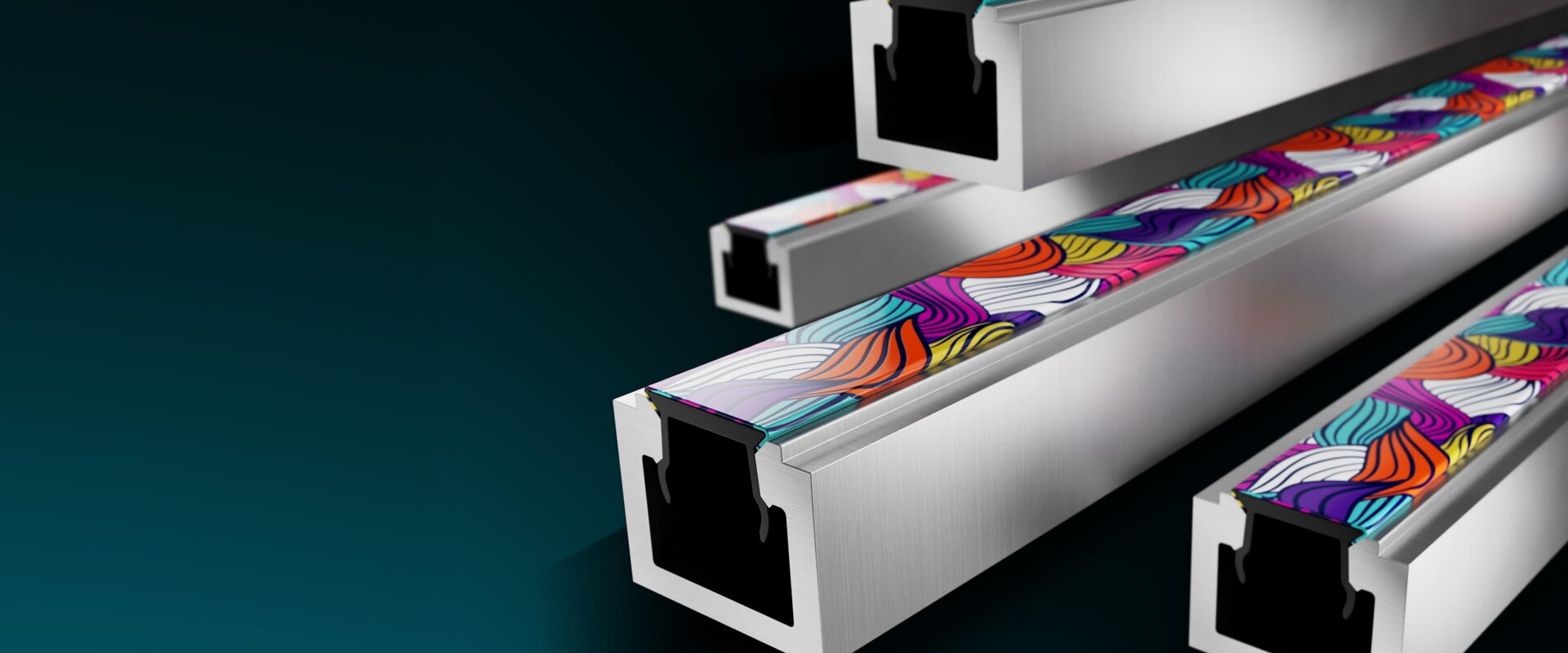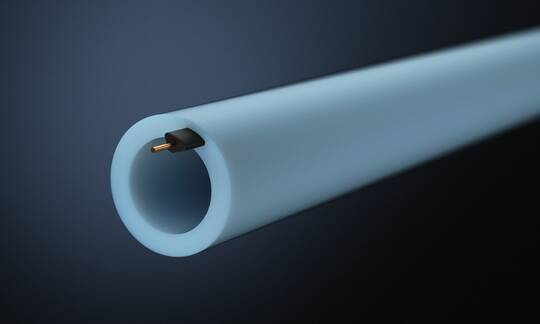In numerous applications, for example as part of the façade, plastic profiles are exposed to UV radiation and the effects of weathering. In order to determine their effects on profiles, they undergo extensive testing.
In everyday language, UV resistance usually refers to the material resistance of a component when stored outdoors. Naturally, in addition to the effects of UV radiation from sunlight, outdoor storage involves many other ageing-relevant influences, such as the effects of wind, moisture, different temperatures and pollutants. mobil Kunststoffprofile tests profiles in accordance with various standards, often focusing on partial aspects of material resistance or outdoor influences. In principle, reliable statements on the resistance of plastics can only be determined from outdoor weathering tests under real conditions. However, as outdoor weathering tests are quite lengthy, they are only carried out selectively.

Artificial irradiation or weathering according to DIN EN ISO 4892-2
The standard DIN EN ISO 4892-2 deals with artificial irradiation or weathering in devices. The ageing of samples after irradiation is assessed, for example, on the basis of physical and technological parameters, which are compared on non-irradiated and irradiated samples. Among other things, tensile tests are used. Weathering instead of irradiation is used when the product is additionally sprayed with water in defined cycles during irradiation.
Sunlight simulation according to DIN 75220
The DIN 75220 standard specifies the irradiation of interior and exterior vehicle components in a solar simulation chamber. A distinction is made between cycle and endurance tests. At the same time, climatic stress (humidity, temperature) of the components can also be simulated.
Determination of hot light fastness according to PV 1303
The PV 1303 test standard of Volkswagen AG (VW/Audi) defines the hot exposure of components made of non-metallic materials for vehicle interiors. The aim is to determine the color fastness and resistance to light and heat.
Hot light ageing according to DIN EN ISO 105-B06
The DIN EN ISO 105-B06 standard describes the procedure for testing the color fastness and ageing of components against artificial light at high temperatures. A xenon arc lamp is used for this.



